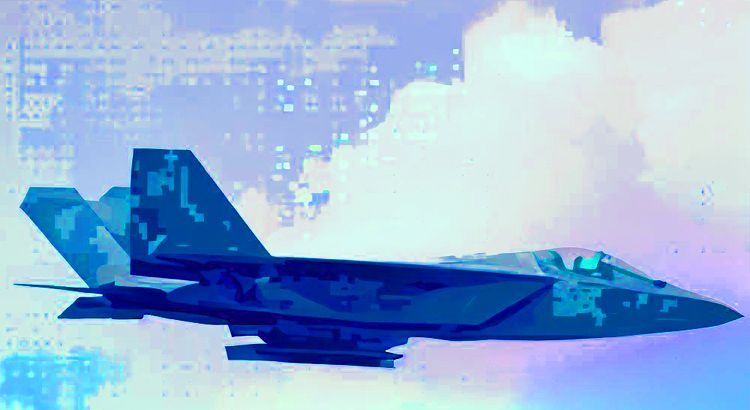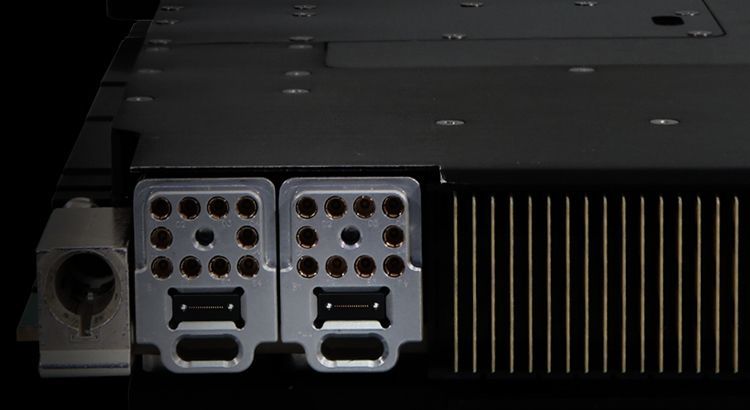
Taking the Black Magic Out of RF Down Conversion
Mario LaMarche
February 4, 2021
There’s a reason so many people use the term “black magic” to refer to RF and microwave engineering. Whether it’s an RF downconverter that works perfectly until you attach the cover or a power amplifier that only meets spec when held sideways, RF engineering is often full of surprises. For me, this unpredictable element has always been part of the attraction. However, when these surprises result in a schedule slip, the fun quickly turns into stress.
As I studied RF and microwave engineering in school these “black magic” concepts were gradually replaced with Maxwell’s equations and transmission line theory. However, it wasn’t until years after graduating that I started to really understand microwave frequency conversion, one of the key concepts for translating between the worlds of high-frequency electromagnetics and digital electronics. I’d like to shine some light on this complex topic and discuss the future trend of direct digitization.
What is a Microwave Downconverter?
A microwave downconverter is a piece of equipment that takes a radio frequency (RF) signal and converts it to a lower, intermediate frequency (IF) signal that is suitable for digital processing. This functionality is critical in many receiver systems that support applications ranging from wireless communication to radar.
For the reverse operation, a microwave upconverter takes the IF signal and converts it to an RF signal that can be transmitted over long distances with minimal loss. Additionally, a microwave transceiver integrates the functionality of up and downconverters into a single piece of hardware.
While at first glance this process of shifting between high and low frequencies may appear mundane, upon closer examination we find it is a key link between the physics that govern the radio waves transmitting information through the air and the electronic systems that process them. Over the years, this technology has led to countless applications from broadcast television to weather radar.
Depending on the application, microwave frequency converters come in a wide variety of form factors and open standards, including SOSA-aligned, rackmount and compact.
Microwave Tuners
One challenge of sending and receiving these high-frequency signals is the wide range of possible frequency bands. A microwave tuner is a downconverter that can be adjusted to focus on a specific RF band. For example, you tune an FM radio to select a specific station. This type of architecture is called superheterodyne, and even though it was invented over a century ago, it is still commonly used today. With this technology, the receiver uses a tunable downconverter to select a specific RF frequency band and converts it to a lower frequency that can more easily be digitized and processed. The size of the band of frequencies it can capture at once is referred to as the instantaneous bandwidth (IBW) and is a key metric for the hardware designer.
For example, a microwave downconverter might be able to tune over an RF band from 2–18 GHz with a 2 GHz IBW and a fixed IF range of 1–3 GHz. This microwave tuner could select any 2 GHz frequency band in the 2–18 GHz range and convert to 1–3 GHz so it can be digitized and processed.
Adjustable Intermediate Frequencies
In the above example, the IF range was fixed from 1–3 GHz. However, in some cases it is preferable to tune not only the RF but also the IF. By adjusting the IBW (for example, from 2 GHz to 1 GHz), the user can zoom in on a specific signal while reducing the noise from interfering signals. By reducing this noise, a receiver system can detect very faint, distant signals, such as the radar from an approaching aircraft.
Additionally, a downconverter with an adjustable IF range maximizes compatibility with downstream equipment. For example, a more flexible downconverter could be paired with a digitizer that requires an IF input of 1–2 GHz as well as one that requires a 1.5–3.5 IF input range.
Tuning Speed
With an old-fashioned radio, the tuning speed is set by how fast you can turn the dial. However, with modern tuners, digital electronics jump between frequencies. The tuning speed is especially critical for electronic warfare applications. These systems typically operate on signals originating from the adversary’s radar and communication equipment. Since the adversary wants to prevent their systems from being impacted, they often will quickly shift frequencies. To keep up, the electronic warfare systems must switch from one frequency to another very quickly.
Direct Digitization
Now that we’ve converted the RF to a lower frequency, what happens next? In order to process the signal, a digitizer converts it from analog to digital. Since these digitizers typically operate over a lower frequency range, they require a microwave frequency converter to translate between RF and IF. However, new technology is increasing digitizers’ frequency ranges, which in some cases allows for direct digitization of an RF signal without the need for microwave up and downconverters.
These direct-digitization solutions often leverage innovation at chip scale, such as RF system-in-package devices that bring high-frequency, multi-channel operation to a product small enough to fit in the palm of a hand.
RF Mystery Solved
As we peel back the layers behind the “black magic” of microwave frequency conversion, we find more technology innovation and less sorcery. By understanding these key concepts, we can select the ideal frequency conversion solution and minimize unwanted surprises. To learn more about Mercury’s portfolio of frequency converters and direct digitizers visit the pages below.
Microwave Frequency Converters







 Mitigating Risk With IPC-1791 Qualified Manufacturers Certification
Mitigating Risk With IPC-1791 Qualified Manufacturers Certification Strengthening cybersecurity at the edge: Intel and Mercury talk multilayered security
Strengthening cybersecurity at the edge: Intel and Mercury talk multilayered security